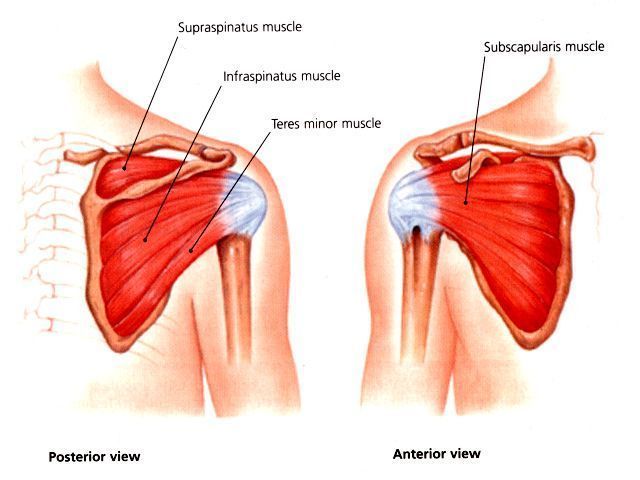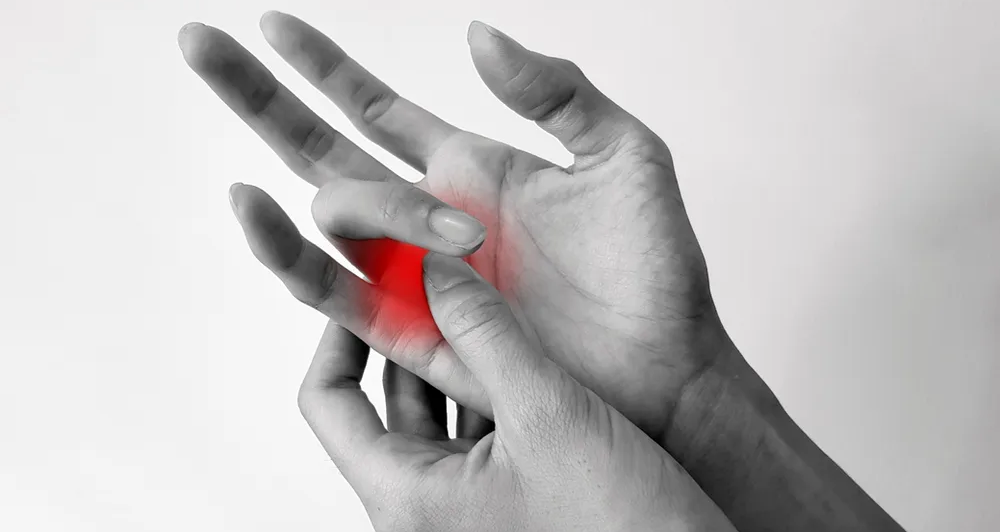Dry Needling
Dry Needling

What conditions can Dry Needling be used for?
Dry Needling can be used as part of treatment plan for a multitude of conditions. It is important to remember that Dry Needling alone will cure/ treat your issues, and that it should always be used as part of your treatment/ rehab plan.
Experientially I have found it to be a useful part of my treatment of clients with neck and shoulder pain, headache and migraine symptoms, jaw and temporal-mandibular pain, lower back and hip pain, and various muscular injuries.
It can also be a useful treatment option for those with:
• Disc issues
• Joint issues
• Tendinopathies
• Migraine and tension-type headaches
• Jaw and mouth issues
• Pelvic pain
• Whiplash
• Spinal issues
• Repetitive motion disorders
• Phantom limb pain
Who should not have dry needling?
For safety reasons the people with the following conditions should not have dry needling performed:
· Pregnant
· People who suffer with epilepsy
· On blood thinners and those with haemophilia
· Immunocompromised
· Very afraid of needles
· Those unable to understand the treatment.
The Pointy End (Pun Intended)
In conclusion, dry needling can be an effective adjunct to treatment for a variety of conditions. It should always be used in combination with advice and education, as well as some home exercises for you to be able to continue with the therapy by yourself. If you have any questions or would like to know more about it, please feel free to contact us at JT Physio.
Author: Kieran Sasiadek
Senior Physiotherapist
If you would like any further information, reach out to us on 0749111010 or via email at kieran@jtphysio.com




